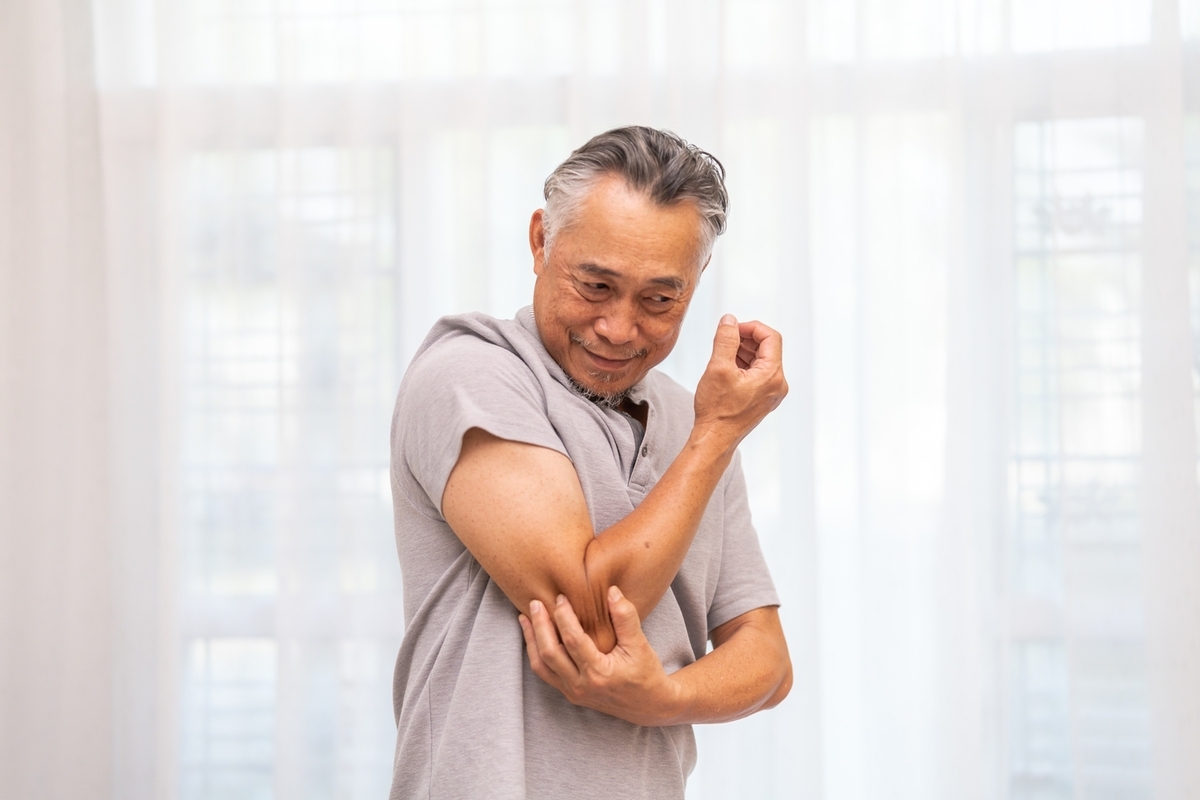Understanding Psoriasis in the Elderly Recognizing and Managing Plaque Psoriasis
Psoriasis is a chronic and often debilitating skin condition that affects millions of individuals worldwide, including the elderly population. Characterized by an accelerated skin cell production process, psoriasis leads to the formation of scaly, red patches of skin, known as plaques. Plaque psoriasis is the most prevalent form and can significantly impact the quality of life of elderly individuals. This article seeks to explore the manifestations, management, and potential impacts of plaque psoriasis in older adults, with particular attention to elderly women.
Psoriasis in the elderly can present unique challenges due to various factors, including thinner skin, a higher prevalence of co-existing health conditions, and differences in immune response that occur with aging.

What Does Plaque Psoriasis Look Like in the Elderly?
Plaque psoriasis in elderly patients can appear as raised, inflamed patches of skin covered with a silvery-white scale. These plaques commonly appear on areas such as the elbows, knees, lower back, and scalp. However, in older adults, these lesions may also present on less typical areas due to changes in skin and lifestyle habits. Pictures of severe plaque psoriasis in the elderly often show extensive scaling and redness, which can lead to significant discomfort and sometimes restricted mobility.
Psoriasis in Elderly Women
Elderly women may experience psoriasis differently than their male counterparts due to hormonal changes and a higher prevalence of certain autoimmune conditions. The visibility and social stigma associated with psoriasis can also affect psychological well-being, leading to issues such as depression and anxiety. The skin of elderly women is more sensitive and susceptible to irritation, which necessitates careful management of psoriasis treatments.
How to Remove Plaque Psoriasis in the Elderly
Managing plaque psoriasis in elderly individuals involves a comprehensive approach combining both medical and lifestyle interventions. Non-medicinal strategies include:
1. Moisturization: Using emollients and moisturizers can help alleviate dryness and scaling, providing a protective barrier for the skin. Regular application can improve skin hydration and reduce plaque formation.
2. Balanced Diet: A diet rich in anti-inflammatory foods like fruits, vegetables, and omega-3 fatty acids can potentially alleviate psoriasis symptoms. Maintaining a healthy diet also supports overall well-being in elderly patients.
3. Stress Management : Stress can exacerbate psoriasis symptoms. Techniques such as yoga, meditation, or simple breathing exercises can be effective tools for managing stress levels.
4. Sun Exposure: Moderate exposure to sunlight can be beneficial, as ultraviolet (UV) rays can reduce inflammation and slow down the production of skin cells. However, care should be taken to avoid sunburn.
It is crucial to consult healthcare providers to tailor treatments appropriate to individual health profiles. Personalized treatment plans are essential, especially in older adults where drug interactions and sensitivity may vary.
Pictures of Plaque Psoriasis in the Elderly
While pictures and images found in medical texts or online can be informative, they should be viewed with the understanding that psoriasis can vary widely among individuals. In elderly patients, these plaques might appear differently due to thinner, more fragile skin and the presence of other age-related conditions. Accurate diagnosis and treatment should always be guided by healthcare professionals rather than self-diagnosis based on images.
Psoriasis in the elderly, particularly plaque psoriasis, requires a careful and tailored management approach. Recognizing the symptoms and differences in elderly patients, especially in women, is essential for effective treatment and improved quality of life. Through a combination of medical advice, lifestyle changes, and supportive therapies, elderly patients can manage their symptoms and maintain a better standard of living. It is essential for caregivers and healthcare professionals to provide compassionate and informed care to help mitigate the impacts of psoriasis on this vulnerable population. Regular consultations and a supportive healthcare environment are key to achieving the best outcomes for elderly patients with psoriasis.

